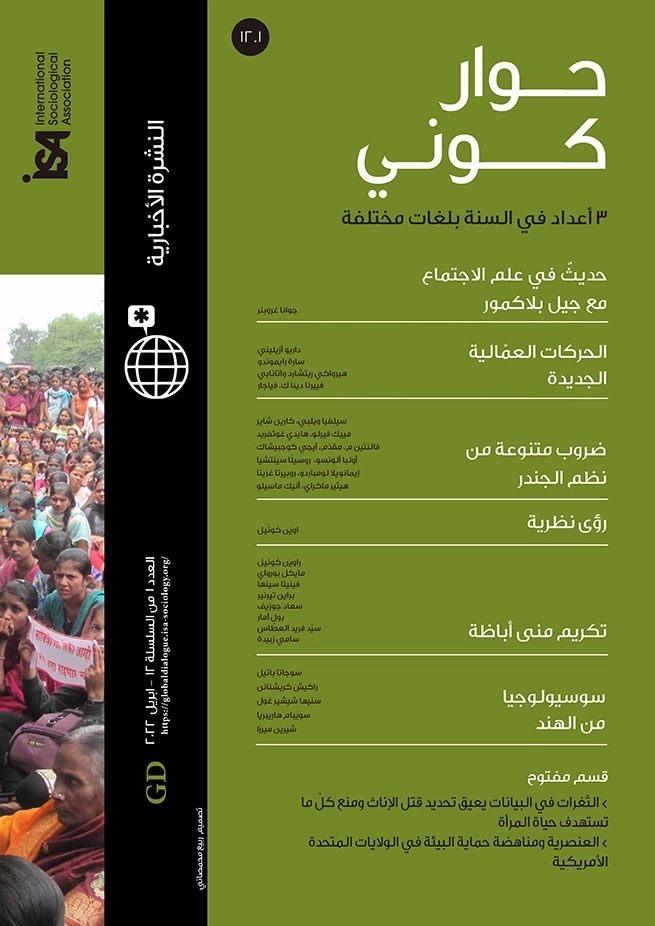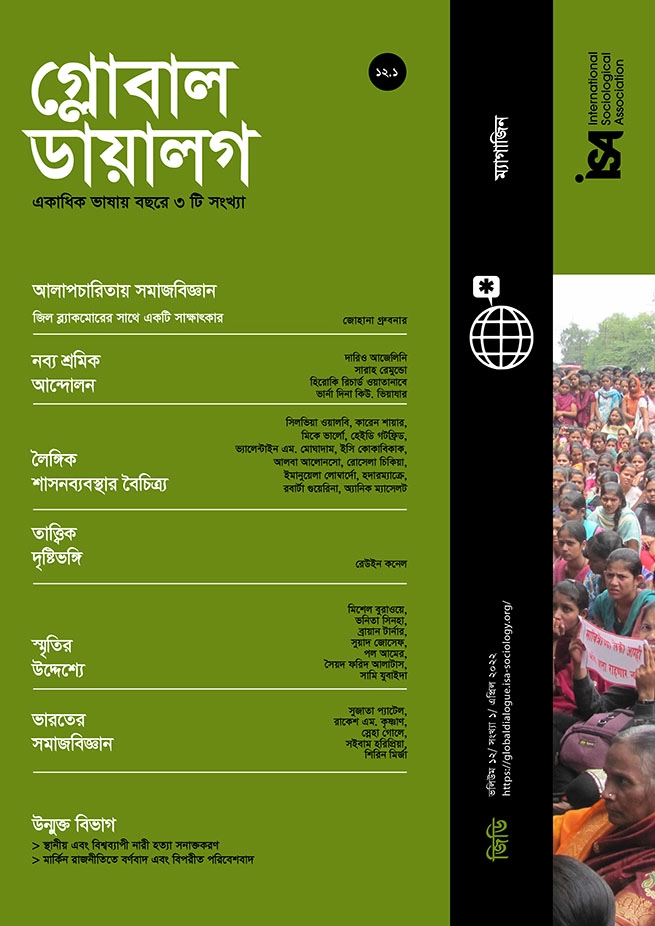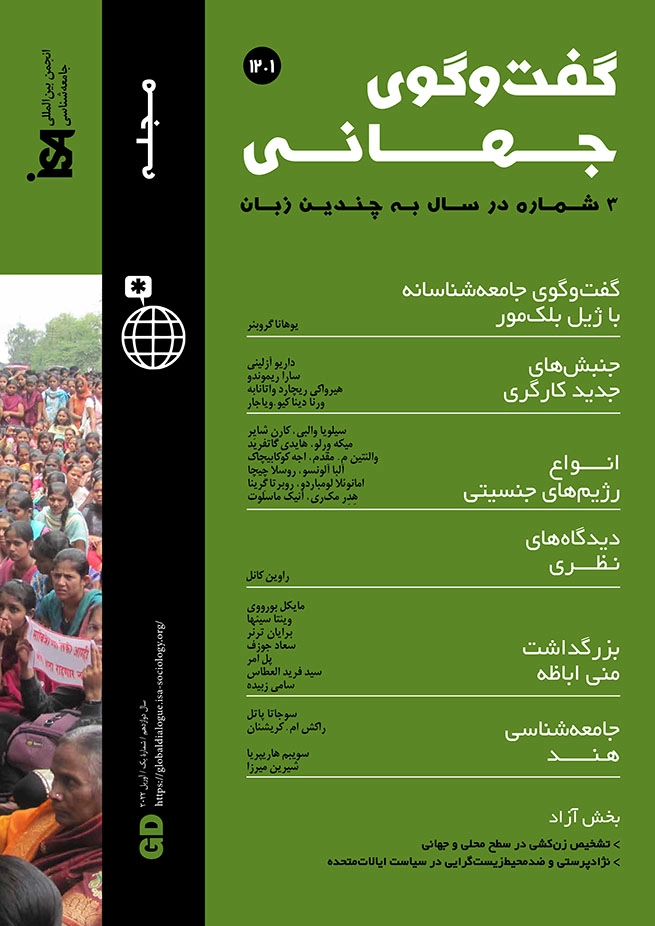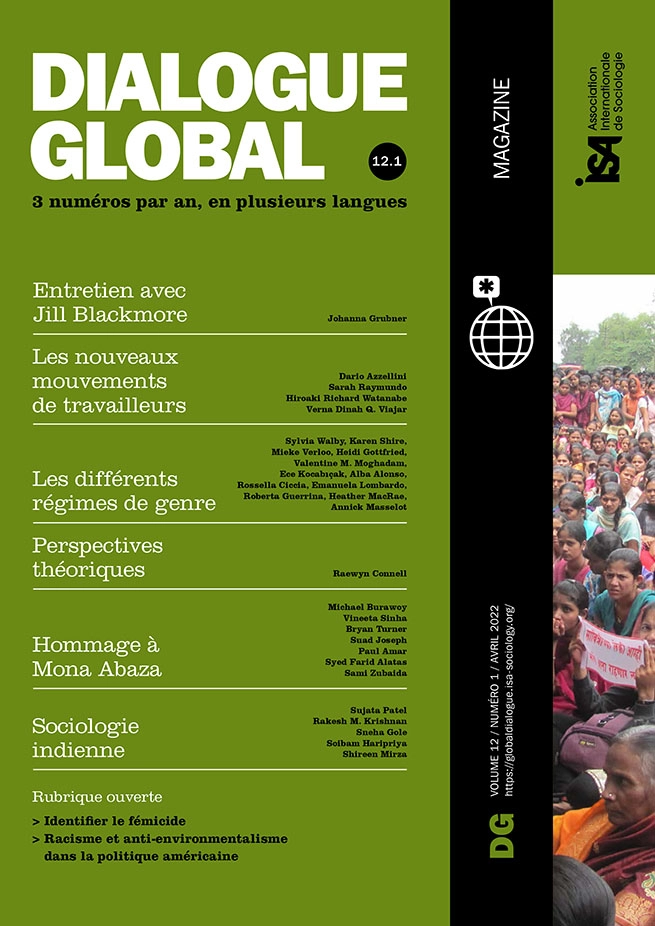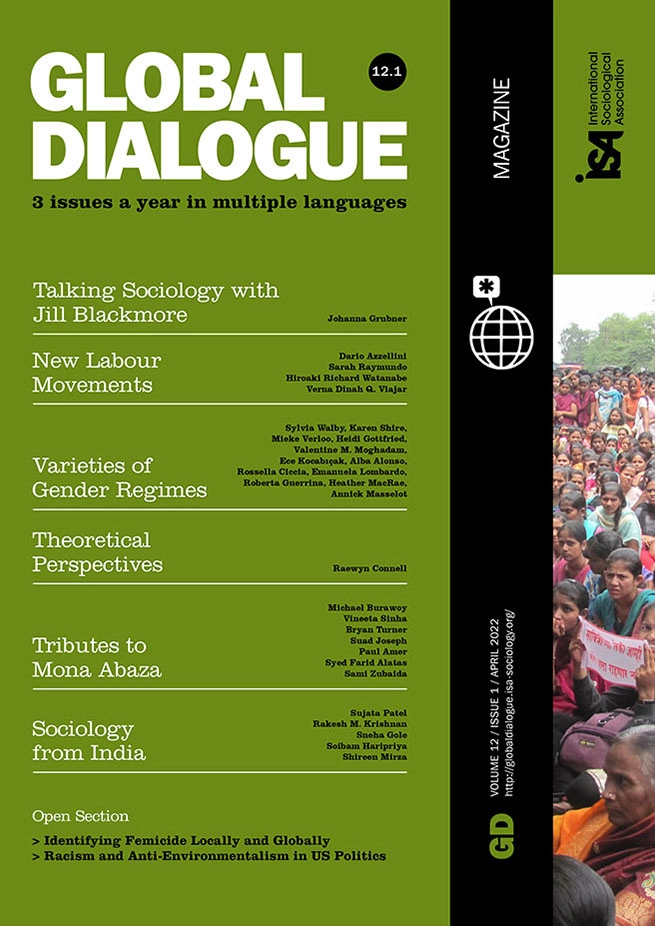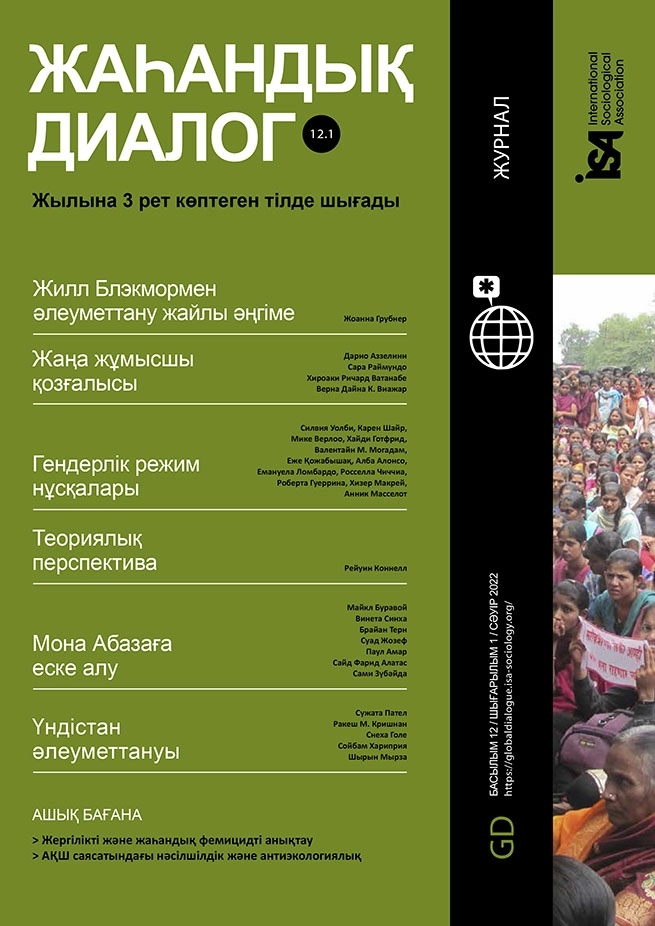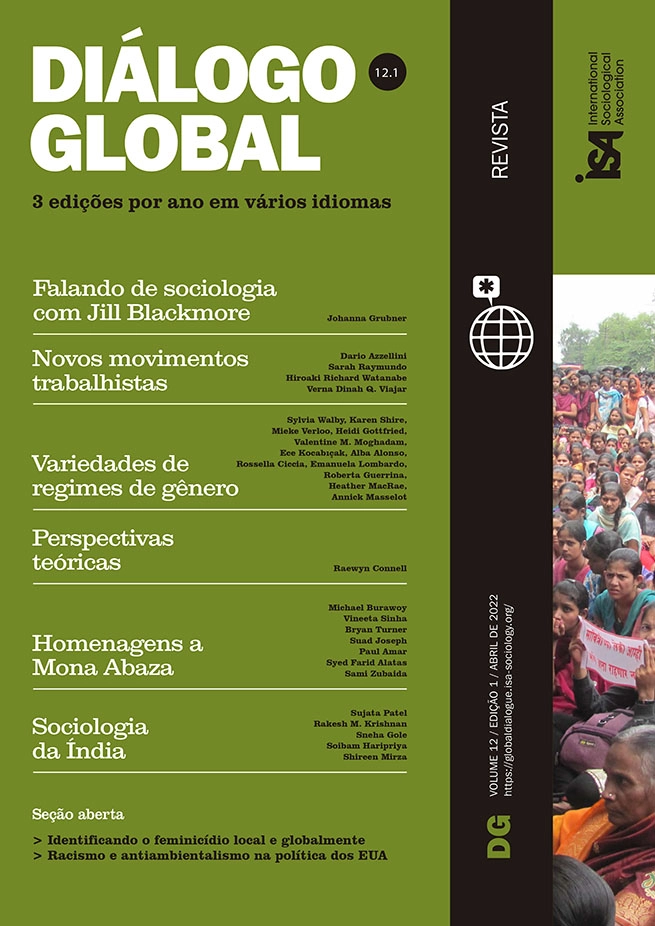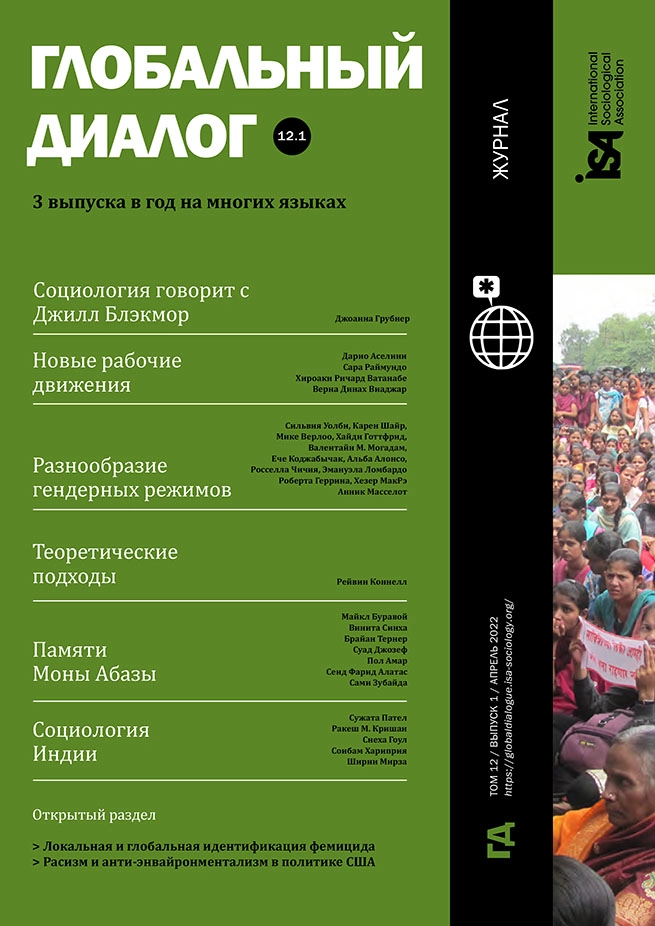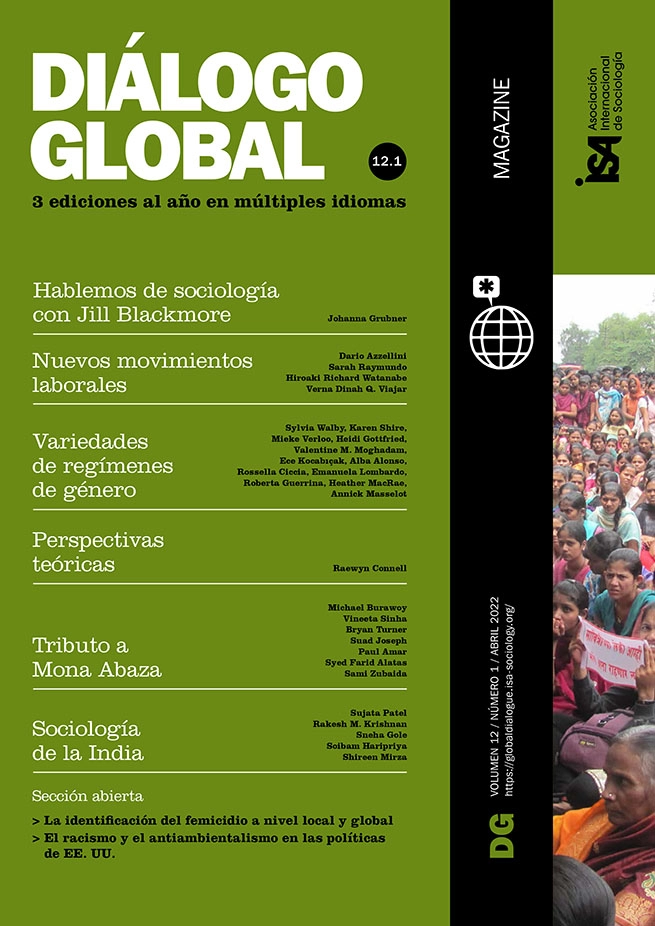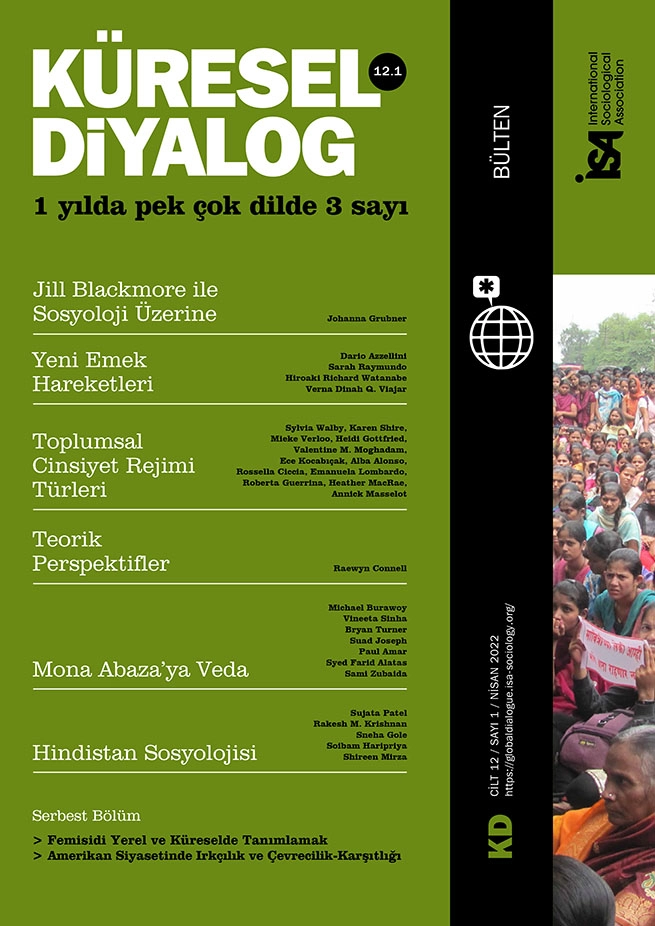Read more about Open Section

Racism and Anti-Environmentalism in US Politics
by Ian Carrillo
February 25, 2022
The phenomenon of femicide is not new; however, its dramatic rise in international attention is unprecedented, particularly during the COVID-19 pandemic. Paralleling this attention are global discussions about whether to use the term “femicide” to name the problem, how femicide should be defined, whether and how it is distinct from other homicides, and how the differences can be operationalized. A key step in moving discussions forward is to systematically document how killings of women are different from killings of men – to identify sex/gender-related motives/indicators (SGRMIs) specific to femicide. SGRMIs identify how violence may stem from perpetrators’ misogynistic attitudes adhering to perceived norms about women, including their subordination as the property of - or objects to be used by – men, and the related discrimination, stereotypes, and prejudices that accompany such attitudes.
Defining and identifying femicide
Two approaches to defining femicide are “all killings of women and girls” or “intimate partner femicide” capturing women killed by current/former male partners. These approaches allow for easy identification but are criticized for being too simplistic by considering only the sex/gender and/or victim-perpetrator relationship to understand a complex phenomenon. To identify additional factors distinguishing female and male homicide, we compared male perpetrator/female victim homicide, which most closely aligns with femicide, to other sex/gender combinations.
We found that SGRMIs were more common in male-on-female killings compared to other homicides, meaning femicides are distinct, beyond sex/gender or relationship, at least in the Canadian context. More common pre-incident characteristics included prior police contact, pending/actual separation, prior threats against victims, intimate/familial relationships, and premeditation. More common incident factors included femicidal motives (e.g., jealousy), sexual violence, mutilation, excessive force, and victims left nude/partially nude. The average number of SGRMIs was significantly higher, on average, in male-on-female killings.
Significant data gaps
Data were frequently missing for key variables, which precluded more concrete conclusions and reduced the potential for research to inform prevention. While information was available for some cases, consistency was weak for the total sample and across sex/gender combinations. For male-on-female homicide, missing data ranged from a low of 3% for victim age to a high of 96% percent for perpetrator history of child abuse. Minimal information was expected for some variables, but not for SGRMIs given their relevance to femicide. For example, despite separation being a well-documented risk factor, information was missing in 66% of cases. Further, sexual violence was missing in more male-on-female killings than other combinations despite its increased likelihood in the former. Missing data was lower for incident indicators compared to pre-incident indicators.
We conclude that it is important to use “femicide” to name and distinguish sex/gender-related killings of women and girls – which is why we use #CallItFemicide in our research, education, and awareness efforts. We cannot address a social problem if we do not recognize it for what it is and name it; however, we also argue that we need to identify sex/gender-based elements and measure them consistently. Few empirical studies demonstrate this clearly because of a dearth of reliable data. Our research was unique for its original and ongoing focus on femicide and triangulation of information from multiple official/unofficial data sources. Thus, the broader implications of data gaps identified are even more concerning: data which can enhance the development of informed prevention initiatives targeting femicide, and violence against women and girls more generally, are not being routinely collected by states or their representatives. These data biases are putting the lives of women and girls at risk, underscoring the urgent priority to emphasize prevention as a data collection priority rather than simply administrative needs. Reconceptualizing data collection as a prevention tool must begin at the point of police investigations which will feed into better aggregate-level data, but this requires strong and sustainable collaborations across research, communities, and government.
Law and governing bodies are not in the business of conducting research; however, they can learn from those who are, and facilitate evidence-based data 1) by collecting more appropriate information; and 2) by making data accessible to researchers who play a crucial role in understanding how to prevent and respond to violence. Despite efforts, data remain difficult to access and collect locally and globally, especially in some world regions (e.g., South Africa, Latin America) and for some groups of women and girls (e.g., Indigenous, immigrants and refugees, women living in rural and remote regions, women with disabilities). For many countries, basic data collection remains the best-case scenario. Why, when data are important to preventing femicide, and male violence against women and girls generally, are they not systematically and routinely collected?
“Public patriarchy” and data collection
We argue that one key contributor is the historical and ongoing impact of patriarchal social structures, including the role of historical and contemporary decision-makers for whom the collection of these data was and is not seen as a priority. These decision-makers continue to act as gatekeepers of these data, deciding who and how the data will be used. For example, the criminal justice system is a patriarchal, traditionally masculine institution; the recording of data for police investigations and prosecutions will reflect this fact. Despite feminist research demonstrating importance of understanding relationships between victims and perpetrators in femicide, our study showed that the investigatory focus – as represented by available data – remains on incidents rather than on relationship contexts and surrounding circumstances important to understanding femicide.
The ongoing impacts of this “public patriarchy” and related decisions produce sex/gendered data biases which, intended or not, put women and girls at risk because data have primarily been based on, or generated for and by, men. Data collection instruments initially designed to capture male-on-male homicide cases preclude the collection of important data to prevent male violence against women and girls. If we cannot document femicide reliably, what is the hope of documenting other forms of male violence against women and girls? We cannot do so until there is state and public recognition of femicide as a phenomenon worthy of examination. This requires challenging the entrenched hierarchy of “worthy subjects,” which often leaves the victimization of women and girls invisible and some groups of women and girls specifically.
Further Reading:
A recent longer piece by the author on this topic is available in English here and French here.
Myrna Dawson, Centre for the Study of Social and Legal Responses to Violence, University of Guelph, Canada, Canadian Femicide Observatory for Justice and Accountability, and member of ISA Thematic Group on Violence and Society (TG11) and Research Committees on Deviance and Social Control (RC29) and Women, Gender, and Society (RC32), <mdawson@uoguelph.ca>
This issue is not available yet in this language.
Request to be notified when the issue is available in your language.
If you prefer, you can access previous issues available in your language:
